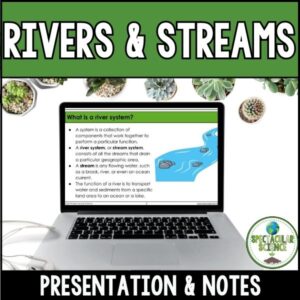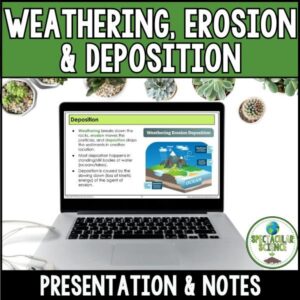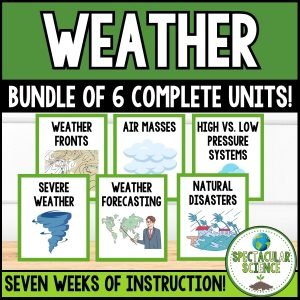Engage your students in a hands-on, inquiry-based STEM activity where they explore the dynamics of streamflow! The Measuring the Flow of a Stream Lab & Teacher Guide is an exciting and educational experience that introduces students to the concepts of stream velocity, discharge, and the impact of environmental factors on water movement. Working in teams, students will measure the flow of a stream, analyze data, and gain valuable insights into the importance of stream health and environmental science.
$3.00
Grade Levels: 6th – 12th
Total Pages: 12
Teaching Duration: 30 Minutes
⭐ Looking for quality resources and time-saving tips for your secondary science classroom?
☑ Follow Spectacular Science on TPT
☑ Subscribe to My Newsletter
☑ Check Out My Blog
☑ Follow Me on Instagram



